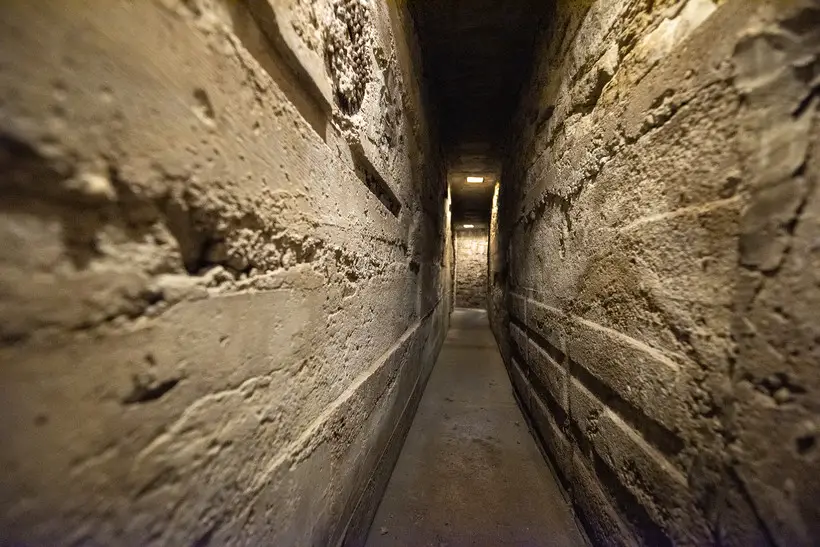Supposedly, many of these tunnels ran under the lakes, but the entrance locations are difficult to ascertain. To this day, old mansions are being sold on the market that have basement tunnels leading to underground bedrooms. Are Finger Lakes tunnels safe to explore?
No, it is not recommended to explore the Finger Lake tunnels but if you try:
- Use proper equipment & emergency plan
- Assess conditions & updated weather
- Use adequate lighting/navigation tools
- Follow posted regulations
- Minimize impact on the environment
- Stay informed (potential hazards)
- Prioritize safety always
Introduction:
Finger Lakes tunnels are captivating underground passageways nestled within the scenic landscape of New York’s Finger Lakes region. Carved over millennia by natural forces and human endeavor, these tunnels hold a rich tapestry of geological wonders, historical significance, and cultural intrigue. From ancient formations to modern-day exploration, Finger Lakes tunnels offer a window into the hidden depths of the region’s past and present. Join us on a journey to uncover the mysteries that lie beneath the surface of the Finger Lakes.
Proper Equipment and Clothing for Finger Lakes Tunnel Exploration
- Sturdy Footwear: Wear closed-toe shoes with good traction to protect your feet from uneven terrain and sharp objects.
- Protective Clothing: Dress in comfortable, durable clothing that covers your skin to minimize scratches, scrapes, and exposure to potentially hazardous substances.
- Helmet: Wear a helmet to protect your head from low ceilings, falling debris, or accidental bumps.
- Gloves: Wear gloves to protect your hands from rough surfaces, sharp edges, or potential contaminants.
- Backpack: Carry a backpack to store essential items such as water, snacks, a first aid kit, and emergency supplies.
- Respirator Mask: Bring a respirator mask to protect against dust, mold, or other airborne particles that may affect air quality.
- Headlamp or Flashlight: Bring a reliable headlamp or flashlight with extra batteries to illuminate dark tunnels and navigate safely.
- Backup Lighting: Carry backup light sources such as glow sticks or lanterns in case your primary light fails.
- Map and Compass: Bring a detailed map of the tunnel system and a compass to help orient yourself and navigate through complex passages.
- GPS Device: Consider bringing a GPS device or smartphone with GPS capabilities to track your location and ensure you stay on course.
- Marking System: Use a marking system such as leaving breadcrumbs or tying ribbons to indicate your path and avoid getting lost in maze-like tunnels.
- Emergency Signaling: Carry a whistle or signaling device to alert others in case of an emergency and attract attention for rescue.
Assessing Conditions in the Finger Lake Tunnels
By following safety precautions, such as proper equipment and emergency preparedness, we can minimize risks and ensure a safe exploration experience. Additionally, respecting the environment by leaving no trace, avoiding disturbance to wildlife and geological formations, and following regulations helps preserve these unique ecosystems for future generations.
As we conclude our exploration of Finger Lakes tunnels, let us carry forward a commitment to responsible exploration and preservation. By embracing these principles, we can continue to enjoy and protect the wonders of the Finger Lakes region for years to come.
References:
The Travel- Explore The Secret Tunnels Network Underneath Finger Lakes
FAQ’s



